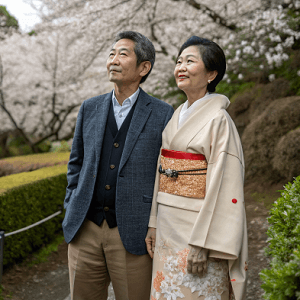Older Asian Americans born in the United States are no longer the healthiest racial group, according to a large-scale study spanning nearly two decades. While disability rates have declined among all other racial groups—including white, Black, Hispanic, and Indigenous populations—rates among U.S.-born Asian Americans have remained unchanged.
Lead researcher Leafia Ye, a sociologist at the University of Toronto, said the data “misrepresents the actual experience of U.S.-born Asians,” challenging the persistent “model minority” stereotype. From 2005 to 2022, disability among older Asian Americans held steady at 5.5%, even as rates fell for other groups. White Americans now have the lowest disability rates among elders, at under 5%.
Socioeconomic status played a key role. The proportion of older Asian Americans living on low incomes rose during the study period, unlike in other racial groups. Those with lower incomes experienced a rise in disability—a trend unique to this group. Co-author Hui Zheng noted that selective immigration had once conferred a health advantage on foreign-born Asians, but that protection doesn’t extend to those born in the U.S.
The study analyzed data from more than 18 million respondents and defined disability as difficulty with essential daily tasks. Despite overall good health in many areas, Ye emphasized the need for better monitoring: “Our study underscores the need for more research that monitors their health trends, especially among older adults.”
See: “Asian Americans no longer healthiest racial group among older adults, study finds” (May 29, 2025)
